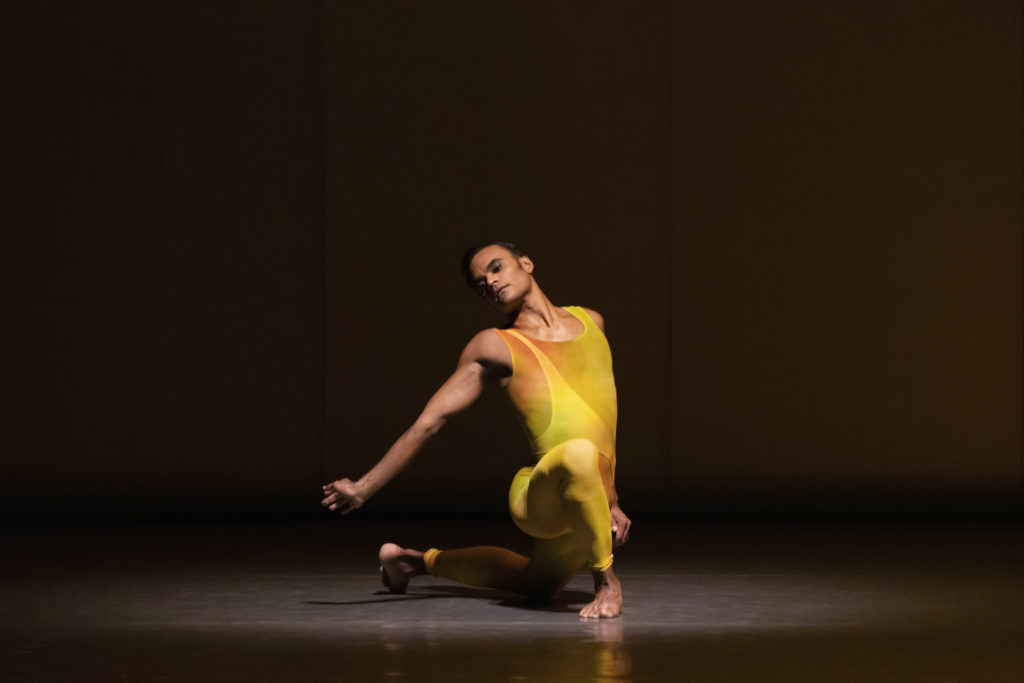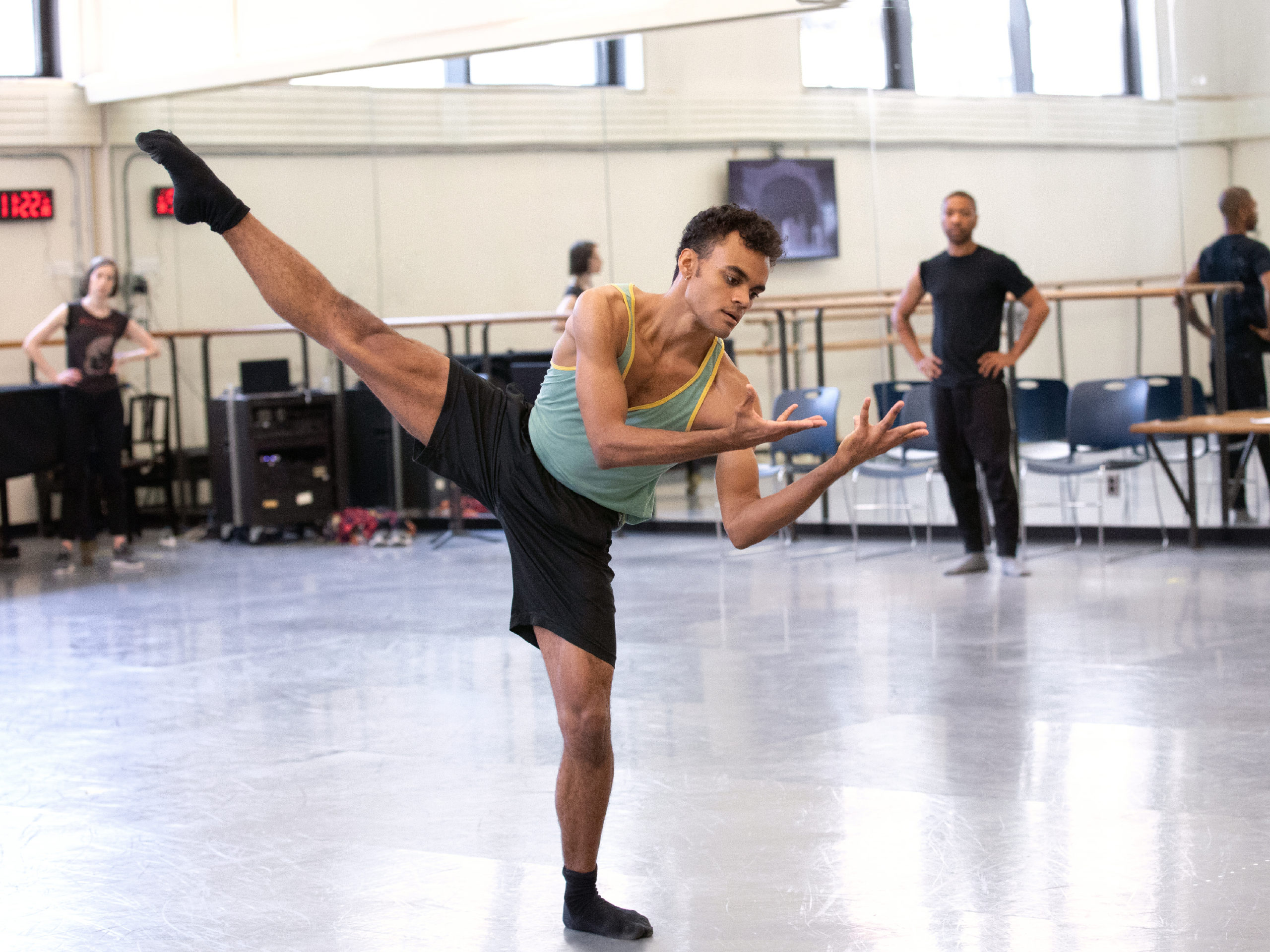Taylor Stanley Takes the Reins With His Own Program at Jacob’s Pillow
At New York City Ballet, Taylor Stanley is the resident shape-shifter, with an uncanny ability to mold himself to any mood or music. He attracts choreographers like a magnet. They tend to create solos for him that stand apart from anything else in the repertory, like the silken, rippling centerpiece of The Runaway created for him in 2018 by Kyle Abraham. Now, the soft-spoken artist is curating a program for Jacob’s Pillow Dance Festival, comprising works by choreographers Stanley feels particularly close to and admires most: Jodi Melnick, Shamel Pitts, Andrea Miller, William Forsythe and Talley Beatty. The program, entitled “Dichotomous Being,” will premiere at the Pillow on July 27.
What has the process of creating this evening been like for you?
It’s been a time of shifting and growth and change; I feel like I’m heading toward who I want to be and what I want to do. The pandemic was definitely an impetus for that change, a preparation for everything happening in my life. I’m discovering myself as Taylor, as someone who’s not so attached to this one company. I’ve always known I had an individuality that either felt separate or stood out in a way I shied away from. But I’m learning to recognize my worth, giving myself credit in ways I haven’t in the past.
Was it hard to return to performing live with NYCB last fall after being away so long?
The social aspect of returning was especially hard, because of all the heavy virtual interactions and conversations we had had while we were away. I learned so much about my own experience, about the unchecked trauma I had being a person of color in a predominantly white institution. The pandemic was an awakening to moments I had overlooked in the past.
The living choreographers you’ve chosen are people you’ve worked with before and with whom you have things in common. Shamel Pitts, for example, danced for Batsheva, where, like you, he was a Black dancer in a predominantly white company.
He was actually one of my first Gaga teachers. I’ve always admired his presence and the way he moves, with such awareness and calm. He’s making a 10-minute solo for me. It’s really about entering a space and living every moment in real time. I think “code-switching” is the most succinct word for how I feel stepping into different spaces. Shamel guided these deeper roots so they could pour out of me. It’s all part of me seeing something I want to step into and shedding a layer of timidity.
You’re also dancing the 1947 solo Mourner’s Bench by the African American choreographer Talley Beatty. What drew you to that work?
It was actually recommended to me by Norton Owen, the director of preservation at Jacob’s Pillow. I really didn’t know anything about Talley Beatty, or the fact that he had performed the solo at the Pillow. But I immediately connected to the African American spiritual lineage that exists in that solo. I grew up religious, though it’s not something I practice anymore. But the Black church is part of me and my roots.

You’re also performing a distilled version of sky to hold, the piece Andrea Miller created for NYCB last fall. It had an extraordinary, strange, very organic solo for you. What is your relationship with her like?
I’ve known Andrea since she created a solo for me for Dance Against Cancer in 2017. She was the real impetus for my interest in Gaga. When she came to City Ballet, I felt like I was finally able to exercise that part of myself that had been wanting to do this kind of movement in the ballet studio. A big intention of mine was to share this way of connecting to the body with everyone in the company.
You’ve called the evening “Dichotomous Being,” but I feel like there are many more than two sides of yourself that are being explored here.
I like that multiplicity. I guess it’s a test of the versatility I’ve developed over the years, and of the interest I’ve developed in other types of movement. Stepping into these different processes fits like a glove.




